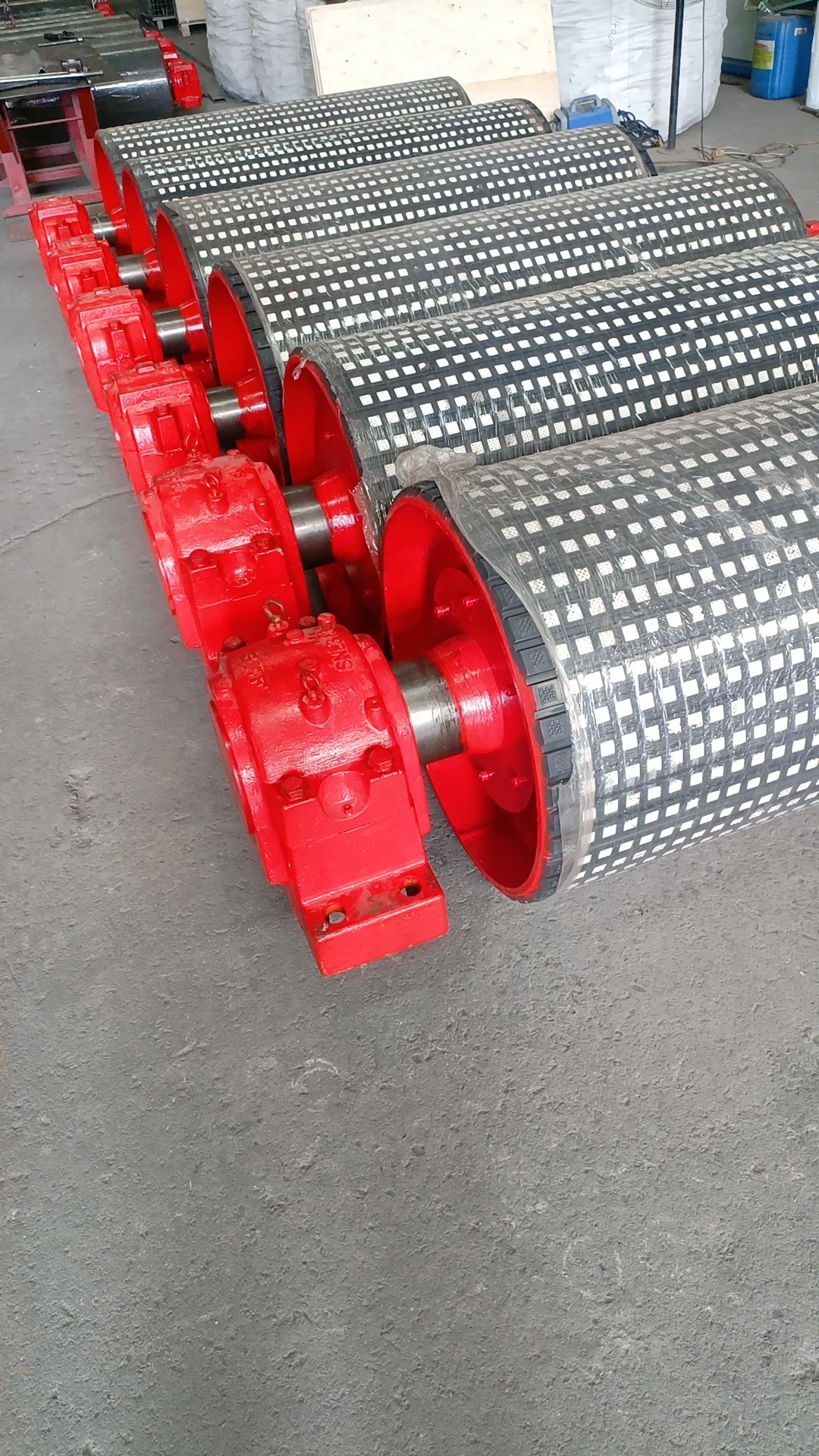 Afrikaans
Afrikaans  Albanian
Albanian  Amharic
Amharic  Arabic
Arabic  Armenian
Armenian  Azerbaijani
Azerbaijani  Basque
Basque  Belarusian
Belarusian  Bengali
Bengali  Bosnian
Bosnian  Bulgarian
Bulgarian  Catalan
Catalan  Cebuano
Cebuano  Corsican
Corsican  Croatian
Croatian  Czech
Czech  Danish
Danish  Dutch
Dutch  English
English  Esperanto
Esperanto  Estonian
Estonian  Finnish
Finnish  French
French  Frisian
Frisian  Galician
Galician  Georgian
Georgian  German
German  Greek
Greek  Gujarati
Gujarati  Haitian Creole
Haitian Creole  hausa
hausa  hawaiian
hawaiian  Hebrew
Hebrew  Hindi
Hindi  Miao
Miao  Hungarian
Hungarian  Icelandic
Icelandic  igbo
igbo  Indonesian
Indonesian  irish
irish  Italian
Italian  Japanese
Japanese  Javanese
Javanese  Kannada
Kannada  kazakh
kazakh  Khmer
Khmer  Rwandese
Rwandese  Korean
Korean  Kurdish
Kurdish  Kyrgyz
Kyrgyz  Lao
Lao  Latin
Latin  Latvian
Latvian  Lithuanian
Lithuanian  Luxembourgish
Luxembourgish  Macedonian
Macedonian  Malgashi
Malgashi  Malay
Malay  Malayalam
Malayalam  Maltese
Maltese  Maori
Maori  Marathi
Marathi  Mongolian
Mongolian  Myanmar
Myanmar  Nepali
Nepali  Norwegian
Norwegian  Norwegian
Norwegian  Occitan
Occitan  Pashto
Pashto  Persian
Persian  Polish
Polish  Portuguese
Portuguese  Punjabi
Punjabi  Romanian
Romanian  Russian
Russian  Samoan
Samoan  Scottish Gaelic
Scottish Gaelic  Serbian
Serbian  Sesotho
Sesotho  Shona
Shona  Sindhi
Sindhi  Sinhala
Sinhala  Slovak
Slovak  Slovenian
Slovenian  Somali
Somali  Spanish
Spanish  Sundanese
Sundanese  Swahili
Swahili  Swedish
Swedish  Tagalog
Tagalog  Tajik
Tajik  Tamil
Tamil  Tatar
Tatar  Telugu
Telugu  Thai
Thai  Turkish
Turkish  Turkmen
Turkmen  Ukrainian
Ukrainian  Urdu
Urdu  Uighur
Uighur  Uzbek
Uzbek  Vietnamese
Vietnamese  Welsh
Welsh  Bantu
Bantu  Yiddish
Yiddish  Yoruba
Yoruba  Zulu
Zulu rubber pulley
The Versatility and Importance of Rubber Pulleys
Rubber pulleys are essential components used in various mechanical systems and applications. Their unique properties and versatile functionality make them a popular choice across multiple industries, from automotive to manufacturing and beyond. This article delves into the characteristics, advantages, and applications of rubber pulleys.
One of the most distinctive features of rubber pulleys is their construction. Unlike traditional metal or plastic pulleys, rubber pulleys are made from durable rubber compounds that provide elasticity and flexibility. This construction allows them to absorb shocks and vibrations, making them ideal for applications where noise reduction and a smooth operation are crucial. The frictional properties of rubber also enable better grip on belts, reducing the chances of slippage in mechanical systems.
The advantages of rubber pulleys extend beyond their shock-absorbing capabilities. One notable benefit is their ability to operate in a wide temperature range. Rubber can withstand various environmental conditions, allowing pulleys to function effectively in both hot and cold climates. This resilience makes rubber pulleys suitable for outdoor applications or environments with fluctuating temperatures.
Another significant advantage of rubber pulleys is their resistance to wear and tear. In high-friction environments, rubber pulleys tend to outlast pulleys made from other materials, resulting in lower maintenance costs over time. Their durability contributes to reduced downtime in industrial operations, as fewer replacements are needed.
rubber pulley

In terms of applications, rubber pulleys are found in numerous industries. In the automotive sector, they are commonly used in engines and transmission systems. The damping properties of rubber help to minimize engine vibrations, leading to a smoother and quieter operation. Additionally, rubber pulleys play a critical role in power transmission systems, where they assist in transferring energy efficiently from one component to another.
In manufacturing, rubber pulleys are employed in conveyor belts, where they guide and support moving materials. Their ability to maintain grip while reducing wear on the belts contributes to increased efficiency in production lines. Moreover, rubber pulleys are often utilized in machinery that requires belt-driven systems, such as woodworking equipment and textile machines.
The versatility of rubber pulleys is also evident in their presence in various consumer products. They can be found in applications ranging from lawnmowers to gym equipment, where their design allows for smooth operation and efficient performance. The adaptability of rubber pulleys to different sizes and shapes further enhances their appeal in the market.
When considering the environmental impact, rubber pulleys have an advantage as well. Many rubber compounds used in their production are recyclable, contributing to more sustainable practices in manufacturing. As industries increasingly prioritize eco-friendly solutions, the demand for rubber pulleys is likely to continue growing.
In conclusion, rubber pulleys are more than just simple mechanical components; they are vital to the efficiency and reliability of numerous systems across a wide range of applications. With their unique properties, including shock absorption, durability, and versatility, rubber pulleys have become indispensable in industries from automotive to manufacturing. As technology advances and industries evolve, the importance of rubber pulleys is expected to remain significant, paving the way for innovations that leverage their beneficial characteristics for even greater performance and sustainability.
-
Revolutionizing Conveyor Reliability with Advanced Rubber Lagging PulleysNewsJul.22,2025
-
Powering Precision and Durability with Expert Manufacturers of Conveyor ComponentsNewsJul.22,2025
-
Optimizing Conveyor Systems with Advanced Conveyor AccessoriesNewsJul.22,2025
-
Maximize Conveyor Efficiency with Quality Conveyor Idler PulleysNewsJul.22,2025
-
Future-Proof Your Conveyor System with High-Performance Polyurethane RollerNewsJul.22,2025
-
Driving Efficiency Forward with Quality Idlers and RollersNewsJul.22,2025





























